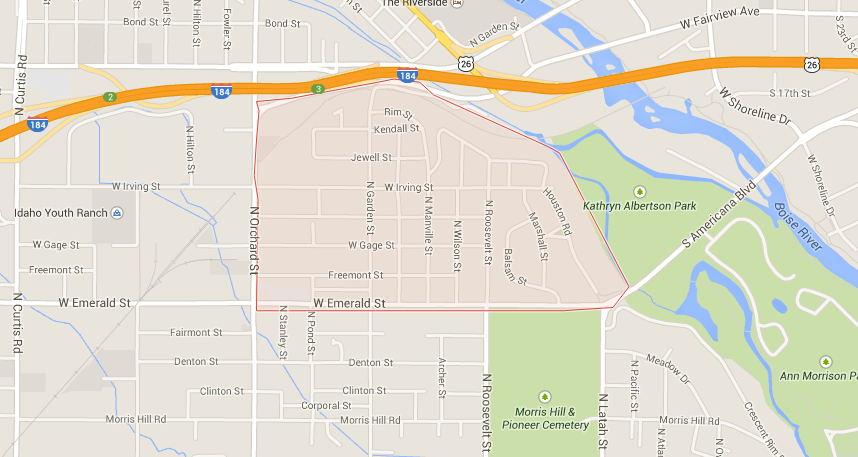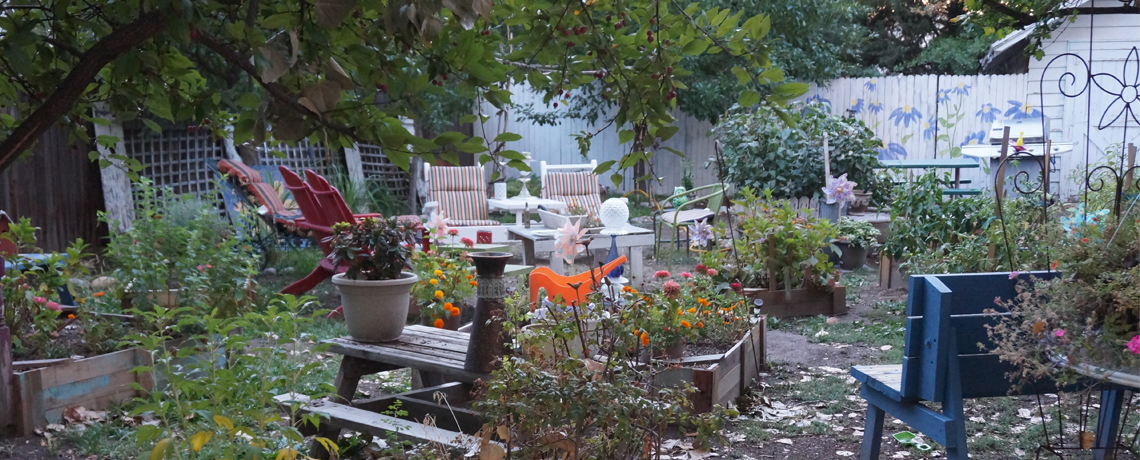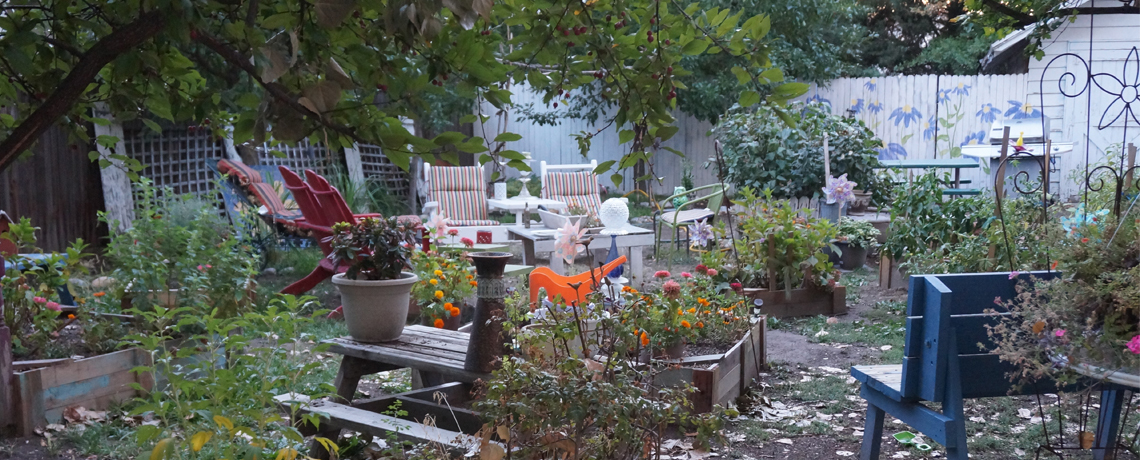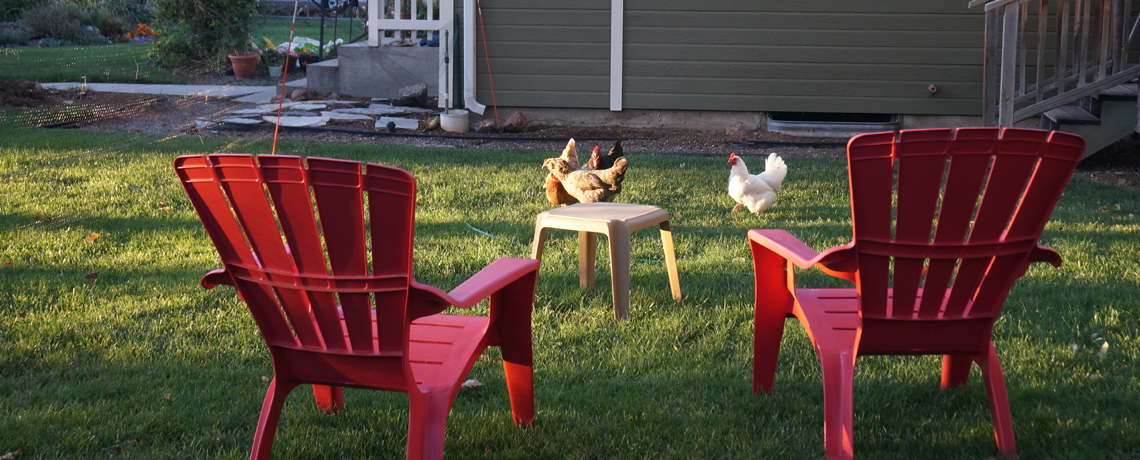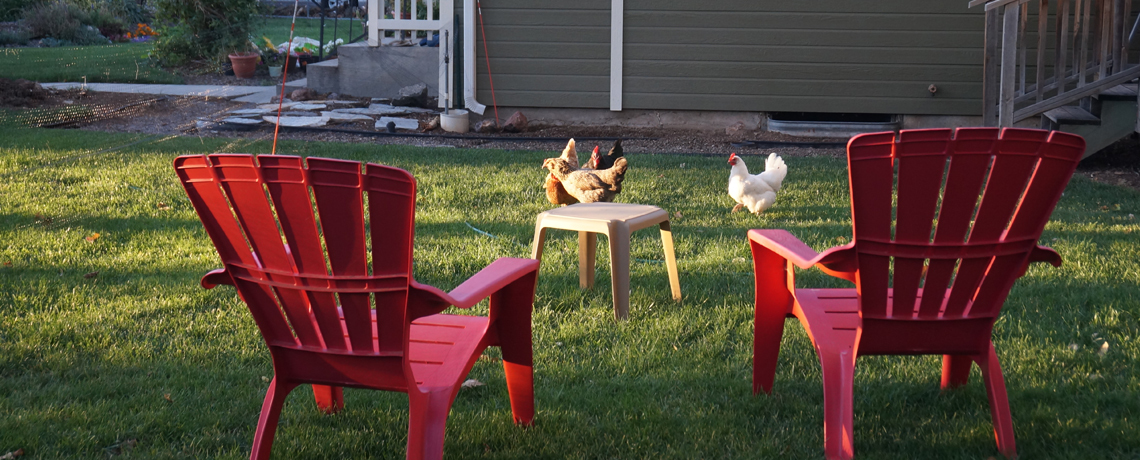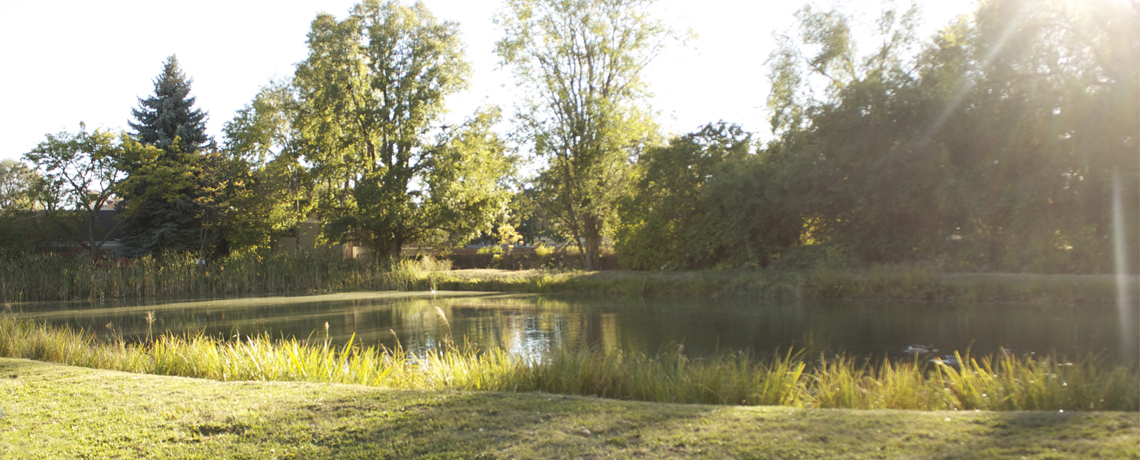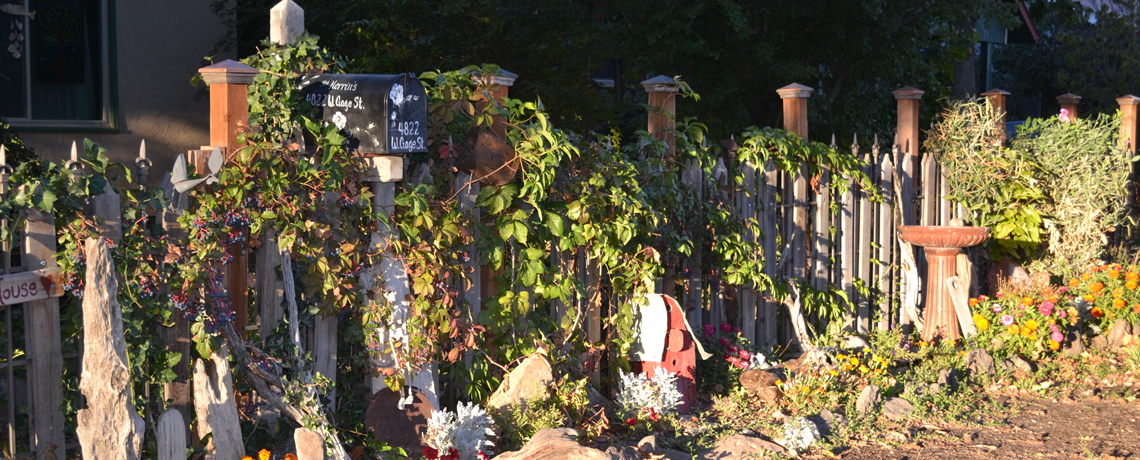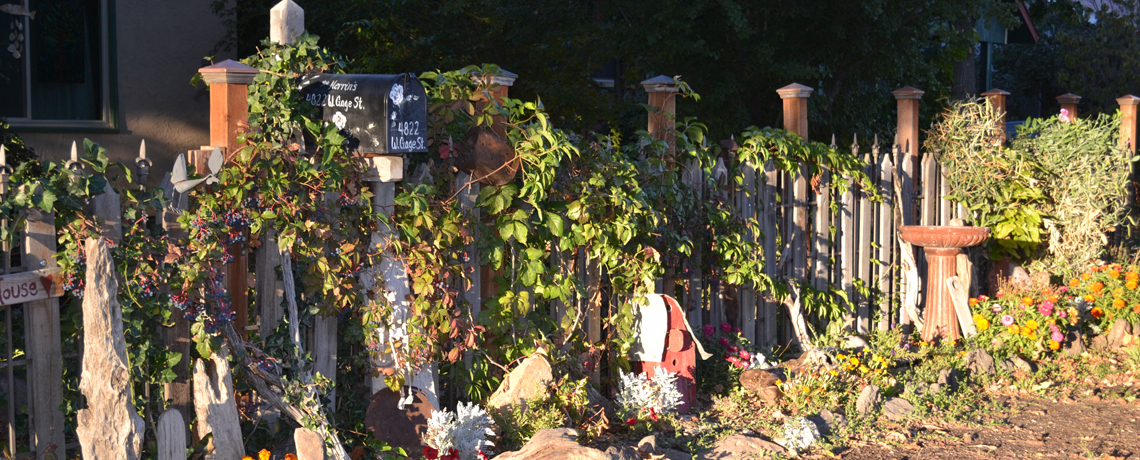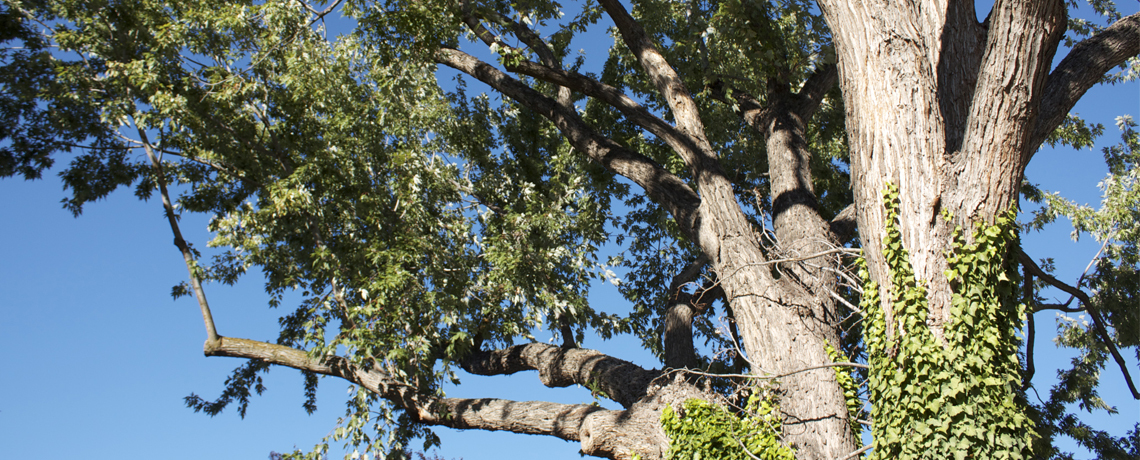Bordered by Orchard Avenue on the west and Emerald Street to the south, Boise’s Central Rim neighborhood developed from arid desert sagebrush into lush farmland with the arrival of irrigation to the area in the late 19th century. Originally separated from Boise by the Boise River, early 20th century rail transportation connected the urban downtown with rural areas, including the Boise Bench south of the river. This development, along with other national events such as westward settlement spurred by the Great Depression and Dust Bowl of the 1930s, and the economic stability of post-WWII America, encouraged subdivision and settlement in newly-formed suburban areas, including the Central Rim. Today, the Central Rim displays a variety of mid-century American architecture and is conveniently located between downtown Boise and the Boise Towne Square commercial area, both easily accessible by Interstate 84’s Boise Connector, which serves as the northern border of the neighborhood.
This project aims to preserve the story of Boise’s Central Rim neighborhood, which has often been overlooked in local histories, in part due to its rural origins and late incorporation into the city proper. It seeks a broader understanding of the neighborhood through collecting and preserving the personal stories of current and former residents through oral history, and interpreting the intersecting themes of shifting landscapes, community, and water usage in the neighborhood. This interpretation is based on these oral histories as well as local archival and traditional textual research. Especially germane to current residents is the issue of water and irrigation in the community, which is plagued by competing or ambiguous water rights, partially destroyed irrigation channels, labyrinthine visible and underground canals, and alternating excess and shortages to increasingly exasperated residents. We hope that bringing the stories of the Central Rim to life can aid the community in seeking resources to combat the deteriorating state of irrigation in the neighborhood, as well as to ensure a vibrant, safe, and multidimensional future in the community to match its richly storied past.
